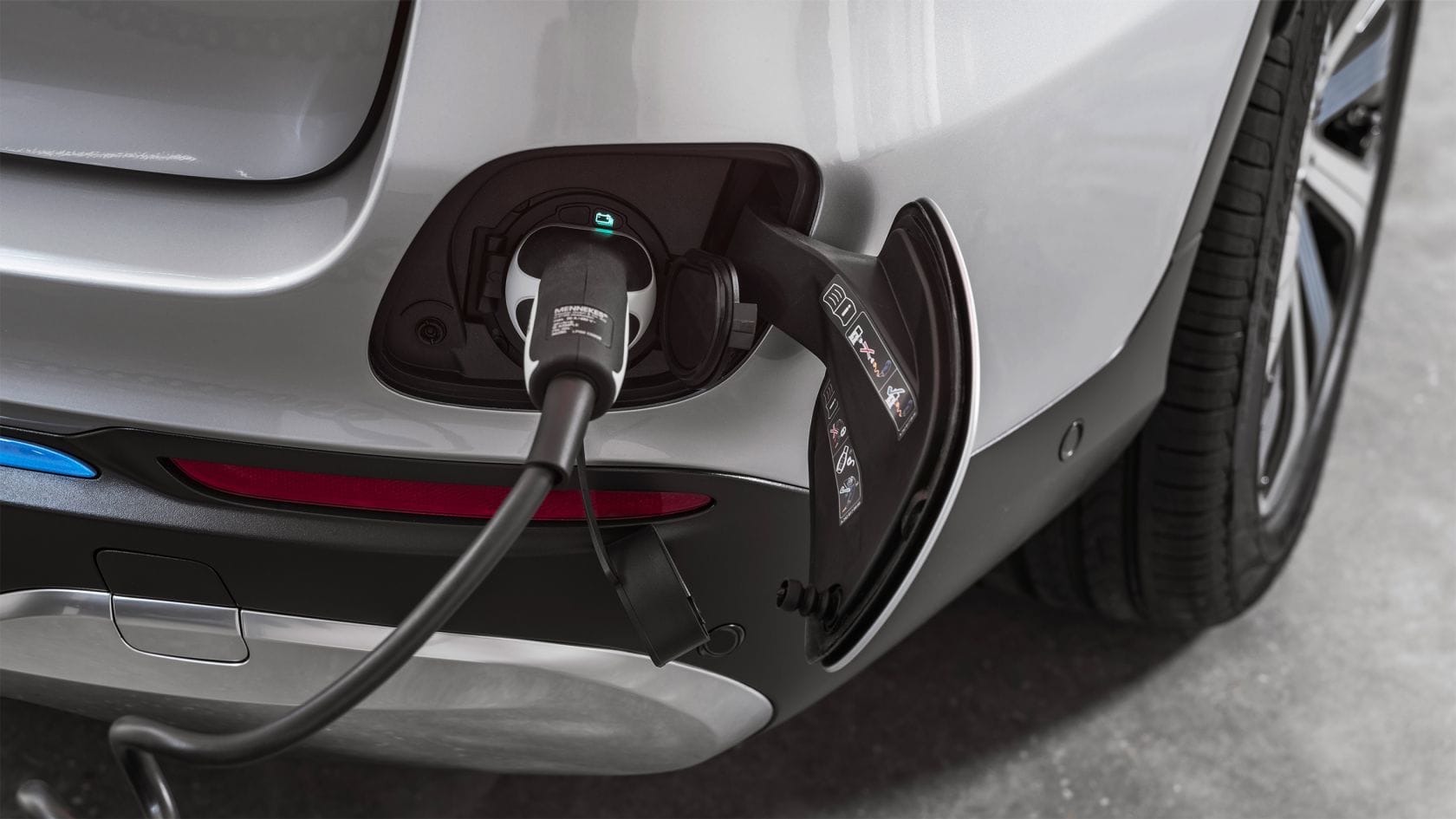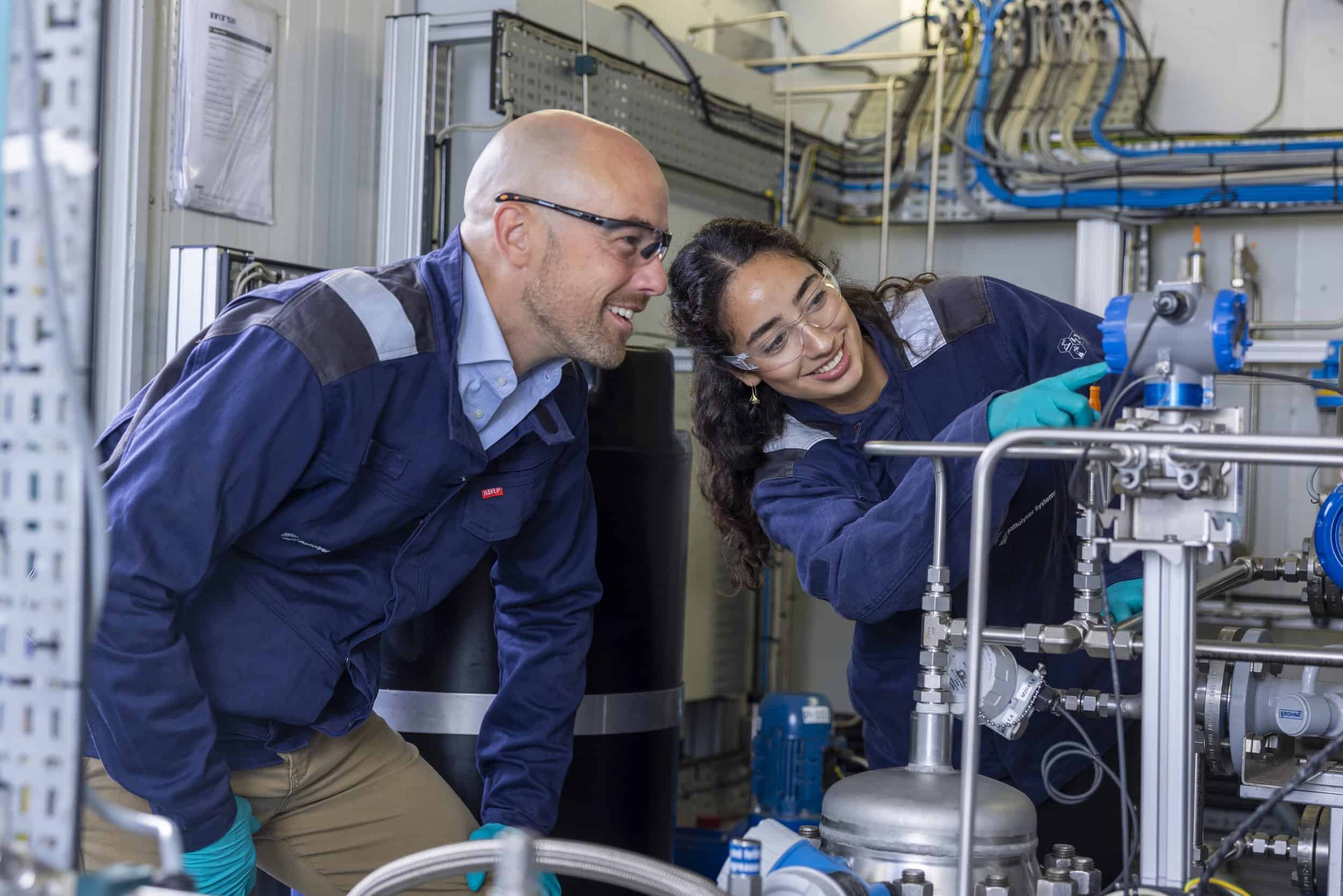
While hydrogen production is expensive, it can contribute to emission-free mobility. A prerequisite, however, is that the electricity needed for its production and for the transport of this fuel to filling stations should also be powered by renewable energy sources. A vehicle with hydrogen in its tank doesn’t emit carbon dioxide like petrol or diesel cars do. It just emits water vapour. One problem is the fact that there is currently no efficient system for storing hydrogen. In existing cars it is stored in gas tanks at a pressure of 700 bar. This is not only an expensive method, but technically challenging as well. The use of magnesium-nitrogen could offer an alternative for the storage of solid fuels.
Scientists at the Helmholtz-Zentrums Geesthacht (HZG) have been conducting research for years on magnesium hydrides for storing hydrogen. Much more hydrogen can be stored this way, even though the volume remains the same. At present, a 122-litre tank is needed for 5 kilos of hydrogen. A tank made from magnesium hydride requires only 46 liters for the same amount of hydrogen. A fuel cell car can travel about 500 kilometers on five kilos of hydrogen. The disadvantage of this concept, however, is that it needs to be loaded at a temperature of around 300 degrees.
The researchers have now managed to almost halve this temperature by adding additives such as nitrogen. Dr Claudio Pistidda, materials researcher at the Helmholtz-Zentrum Geesthacht, explains: “Unfortunately, this often leads to a huge reduction in the hydrogen absorption capacity of the system. That’s why we have designed a new hydride composite system that allows very fast loading at operational temperatures below 180 degrees.”

Refuel within minutes
Up until now, magnesium-nitrogen-based hydride systems took about half an hour to fill with five kilos of hydrogen. Thanks to two additives – potassium and lithium-titanate oxide – the HZG scientists have succeeded in accelerating this process several times over. They ground potassium and titanate into small nanoparticles for this purpose. These increase the surface area of the individual particles in the magnesium-nitrogen system so that they bind more hydrogen as a result.
“We have therefore invented a system that makes refueling about five times faster than one without potassium lithium-titanate,” HZG PhD student Gökhan Gizer explains. Over the course of three years, he has carried out numerous experiments for this research. This is fundamental research with actual added value: “The findings of this research take us a major step further in the direction of competitive storage systems,” Dr. Claudio Pistidda adds. The next step for the scientists is to optimize the process and make it suitable for use in vehicles.
You can find other IO articles on mobility via this link.








